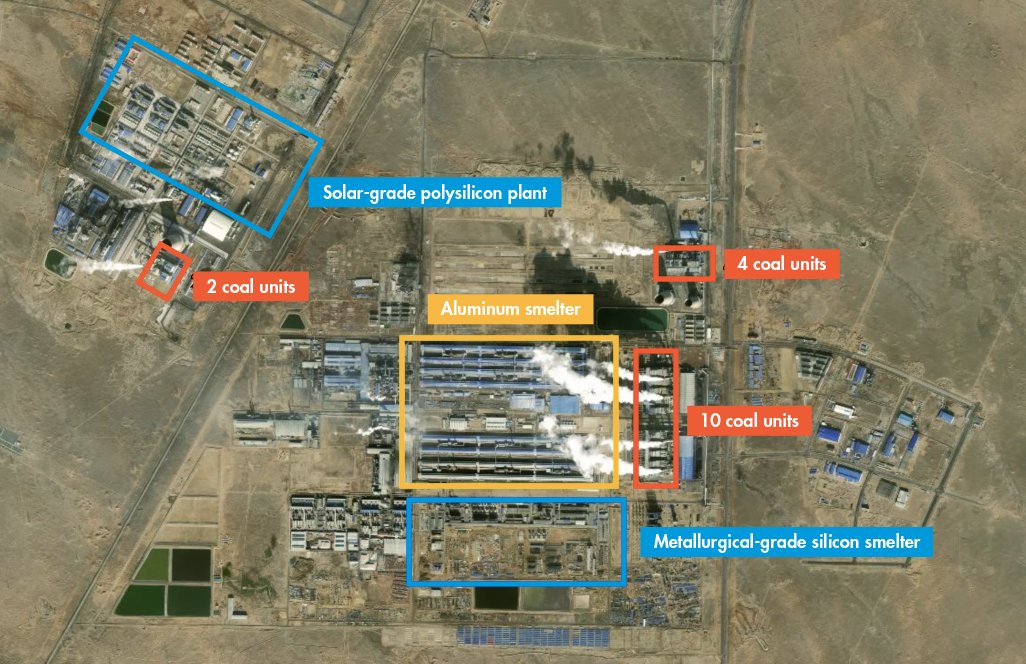Europe’s plan to slash carbon emissions and reach net zero carbon by 2050 is seeing a backlash as the spiraling cost — both political and economic — needed for the transition is becoming clearer to Europeans. Wind and solar projects are now getting more scrutiny with Siemens indicating huge costs to fix operational problems. A new offshore wind project in the North Sea was canceled due to high costs and the negative effects on the environment it would create. French President Emmanuel Macron recently called for a European regulatory break, warning that without it, the European Union will lose all its industrial companies. Germany is abandoning green energy, opening coal mines and successfully arguing for internal combustion engines to continue to be sold, only now with biofuels as fuel rather than diesel, despite such fuels not being economically viable for mass use. In the U.K., Prime Minister Rishi Sunak announced his decision to open the North Sea to more oil and gas drilling as it was better for Britain to produce its own oil and gas than import them. Europe is waking up.
According to French President Macron, Europe was doing its part and is “ahead of the Americans, the Chinese and of any other power in the world.” But, that isn’t true. The United States reduced its emissions by more than any country in the world–by 1047.4 million metric tons between 2005 and 2022. The next largest reduction was in Japan with 225.9 million metric tons. Carbon dioxide reductions in the entire European Union between 2005 and 2022 were still less than the reductions of the United States by 100 million metric tons. The U.S. reductions were achieved not by President Biden’s heavy handed climate programs as carbon dioxide emissions rose 363 million metric tons since Biden became President, but mainly due to natural gas replacing coal power in the generating sector, as horizontal drilling and hydraulic fracturing made natural gas abundant and affordable.

The largest carbon dioxide emission increases were in China, where emissions grew by 4471 million metric tons between 2005 and 2022–over 4 times U.S. reductions—as China continues to pour on the coal in pursuit of economic dominance. The next largest increases were in India with 1395 million metric tons of carbon dioxide emissions. The prevailing notion of “climate justice” suggests that wealthy countries that grew their economies while emitting carbon dioxide for a century need to do more than poorer, less developed countries that are historically less responsible for greenhouse gas emissions. Interestingly, this is a direct admission that energy use makes life better for people, which runs counter to the popularized impression in the West.

But, according to Benjamin Zycher in Real Clear Energy: “Government policies to reduce GHG emissions would have future climate effects either trivial or indistinguishable from zero, as predicted by the EPA climate model under a set of assumptions that exaggerate the prospective impacts of such emissions reductions. Net-zero U.S. GHG emissions effective immediately would yield a reduction in global temperatures of 0.173°C by 2100. That effect would be barely detectable given the standard deviation (about 0.11°C) of the surface temperature record. The entire Paris agreement: about 0.178°C. A 50 percent reduction in Chinese GHG emissions: 0.184°C. Net-zero emissions by the entire Organization for Economic Cooperation and Development: 0.352°C. A global 50 percent reduction in GHG emissions implemented immediately and maintained strictly would reduce global temperatures in 2100 by 0.687°C. Note that GHG emissions in 2020 fell by about 3.7 percent as a result of the COVID-19 economic downturn.”
President Biden’s Climate Agenda Has Unreachable Goals
Despite those low temperature reductions when very aggressive emission reductions are assumed, President Biden is pushing with a monumental regulatory program that will hurt Americans’ life style and economic well-being. His power plant rule requires technologies that are not commercially available—carbon capture and sequestration and “green hydrogen.” The Edison Electric Institute has indicated that the rule is not achievable.
Car manufacturers are saying the same thing about Biden’s automobile efficiency rule that requires vehicles sold in 2032 to have an average efficiency rating of 58 miles per gallon. The only way to achieve it is to ensure two-thirds of car sales be electric. Two huge automakers announced their EV divisions are in trouble. Ford Motor posted a $4.5 billion loss this year and Volkswagen is cutting EV production due to falling demand and increased competition. And, reports are emerging that the promised energy cost savings from electric vehicles may not be the case as electricity prices increase.
Biden’s appliance efficiency standards are having similar problems. Manufacturers are saying that they cannot meet the stove and the tankless water heater standard with gas technologies. Thus, Biden is forcing electric appliances on homeowners, taking away their option to choose what is the most cost-effective and efficient option for them.
Biden is even confusing locking up uranium for nuclear power plants with his climate fixation.
Conclusion
While the British and Europeans want to reduce carbon emissions, they do not want to make lifestyle changes or spend a lot of money to do so. Britain’s Unherd magazine nailed the problem for the green agenda: Public support for goals like net zero are a bit like world peace or ending poverty: almost everyone likes the idea, but no one wants to pay for it. That is also true for Americans who have been surveyed. Given that the temperature changes are so trivially small with very large reductions, it is inconceivable that politicians should be pushing Americans to attain such large reductions in greenhouse gas emissions. Europeans are revolting and so should Americans as the green agenda is helping just one country—China—who is not participating in the shenanigans that President Biden and his climate czar, John Kerry, are hawking.


